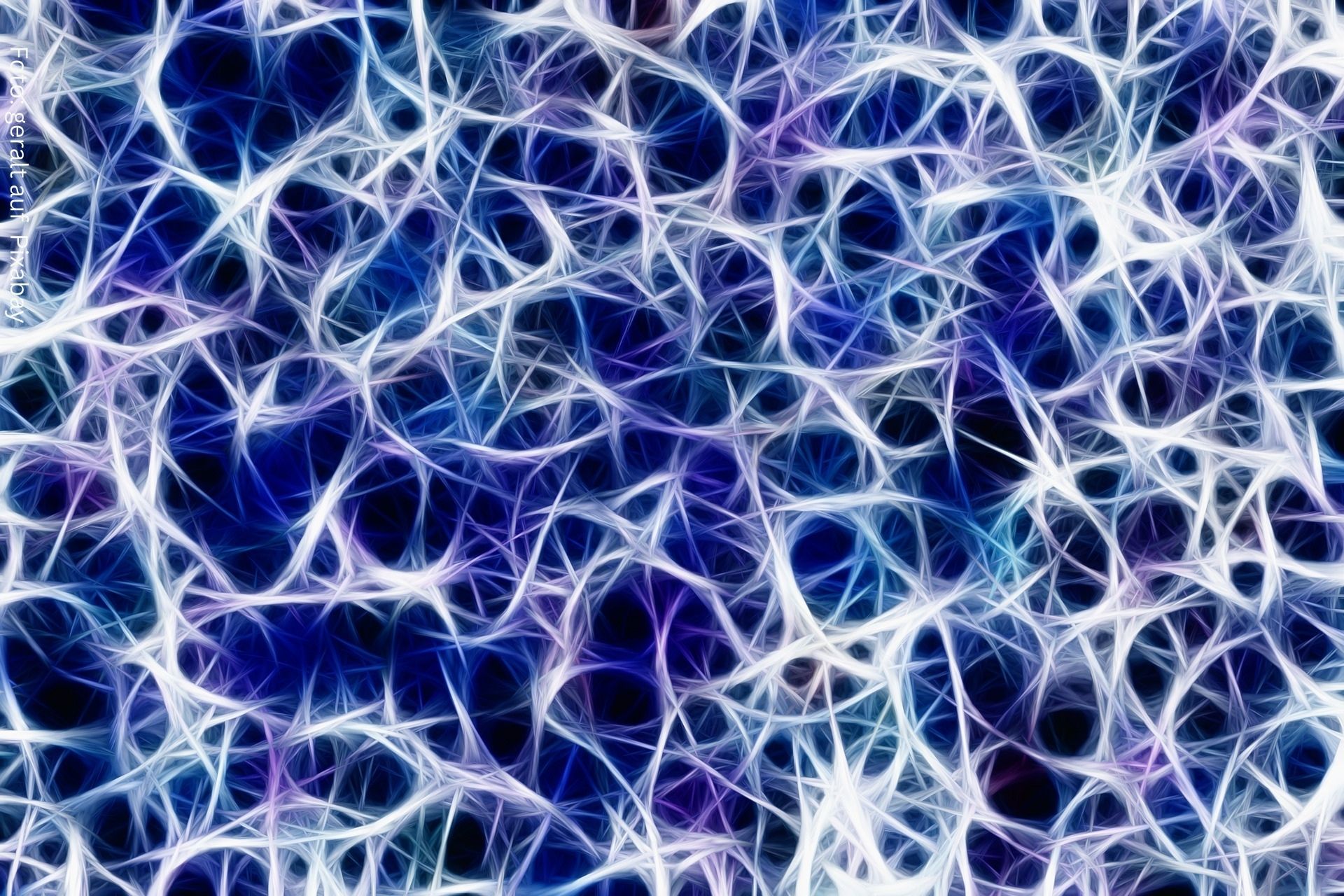Mandalas have a profound effect on the autonomic nervous system (ANS), which is responsible for the regulation of many unconscious bodily functions such as heartbeat, breathing and digestion. The ANS consists of two main branches: the sympathetic nervous system (activating, ‘fight-or-flight’ reaction) and the parasympathetic nervous system (relaxing, ‘rest-and-digest’ reaction). Contemplating and creating mandalas can influence these two systems in different ways, thus helping to restore balance and relaxation in the body.
Looking at mandalas and its calming effect
When looking at a mandala, the gaze focuses on the centre, while the concentric patterns gently guide the mind. This meditative focus on the symmetry and order of the mandala can lead to the activation of the parasympathetic nervous system. This manifests itself in a slowing of the heartbeat, deeper breathing and an overall calming of physical and mental arousal. The mind enters a state of relaxation, which leads to a reduction in stress hormones such as cortisol.
Studies show that looking at geometrically ordered patterns such as mandalas stimulates the prefrontal cortex, which is responsible for concentration and emotional regulation. By focusing on a centred pattern, attention can be diverted from stressful thoughts and directed towards a calm, orderly visual stimulus. This leads to a calming of the sympathetic nervous system and helps the body to switch to a restful state.
The healing power of painting mandalas
Painting a mandala is an even deeper creative process. While creating one yourself, your focus is directed to the symmetrical pattern and the recurring points. This creative focus often leads to a state of ‘active meditation’ that promotes the parasympathetic nervous system and increases heart rate variability – a sign of healthy functioning of the autonomic nervous system.
The even placement of dots, as practised in the dot painting technique, helps the body to find a harmonious rhythm, similar to deep, even breathing in a meditation exercise. This can trigger a so-called ‘flow state’ in which the mind is fully absorbed in the creative process and external stress factors fade into the background.
These regular, rhythmic movements reduce the activity of the sympathetic nervous system, helping the body to relax and regenerate. At the same time, the parasympathetic nervous system is stimulated, which promotes recovery from stress and enhances feelings of calm and contentment. In addition, the activity of the creative part of the brain – often referred to as the ‘right brain’ – also stimulates emotional well-being, which further lowers stress levels.
Viewing and painting mandalas offers a natural and effective method of calming and balancing the autonomic nervous system. It promotes the activation of the parasympathetic nervous system, reduces the physiological reactions to stress and supports deep, healing relaxation. In a hectic world, the mindful handling of mandalas can help you to find inner peace and to return your body to its natural, harmonious state.







0 Comments